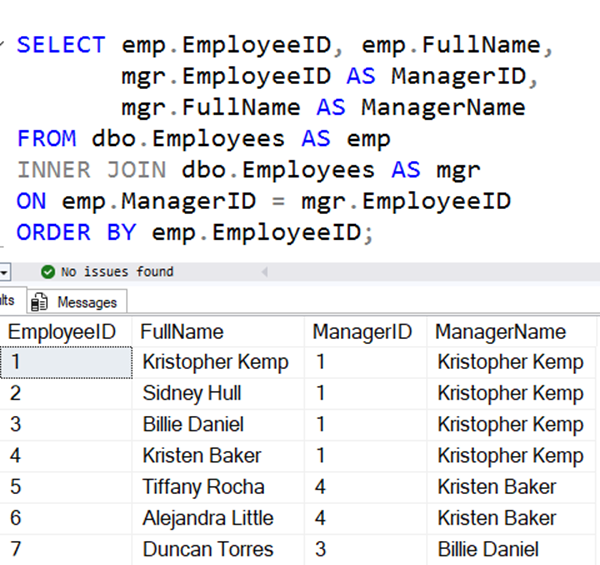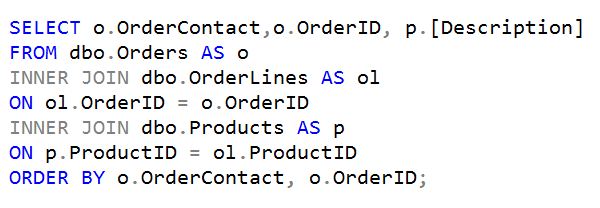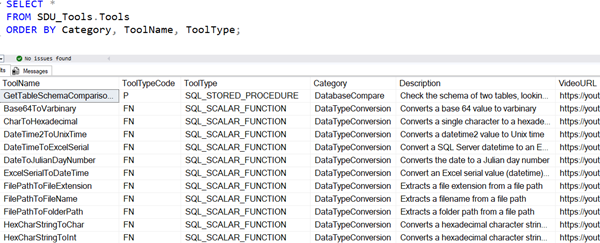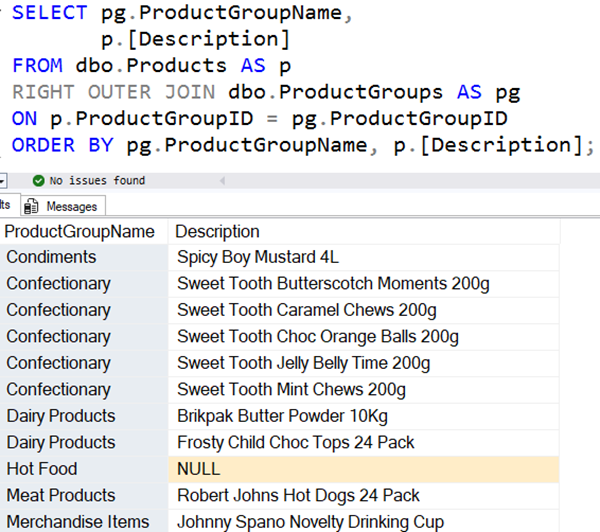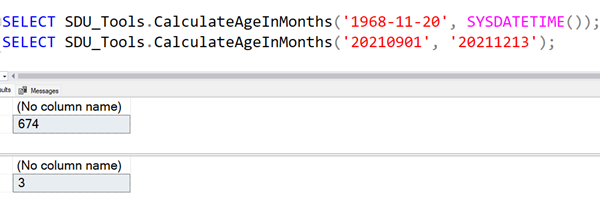
Cosmos Down Under show 13 with guest Rakhi Thejraj discussing auto-scaling in Cosmos DB is released
It’s been yet another big week for Down Under podcasts. I really enjoyed recording another new Cosmos Down Under podcast this afternoon. It’s now edited and released.
Show 13 features product group member Rakhi Thejraj.
Rakhi is one of the Cosmos DB product managers and is involved in supporting the elasticity, and ingestion features, plus security initiatives and AI customer reach outs.
I took this opportunity to discuss throughput provisioning and auto-scaling with her.
2025-02-06



